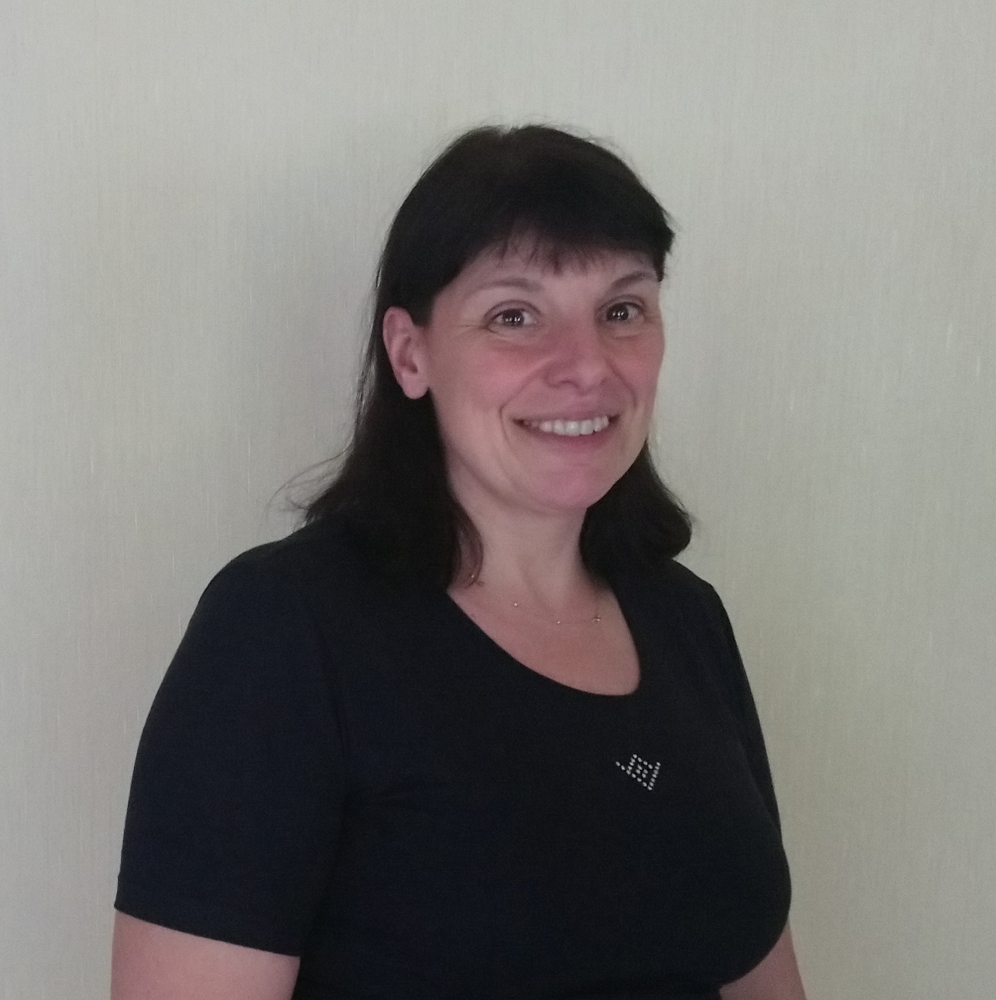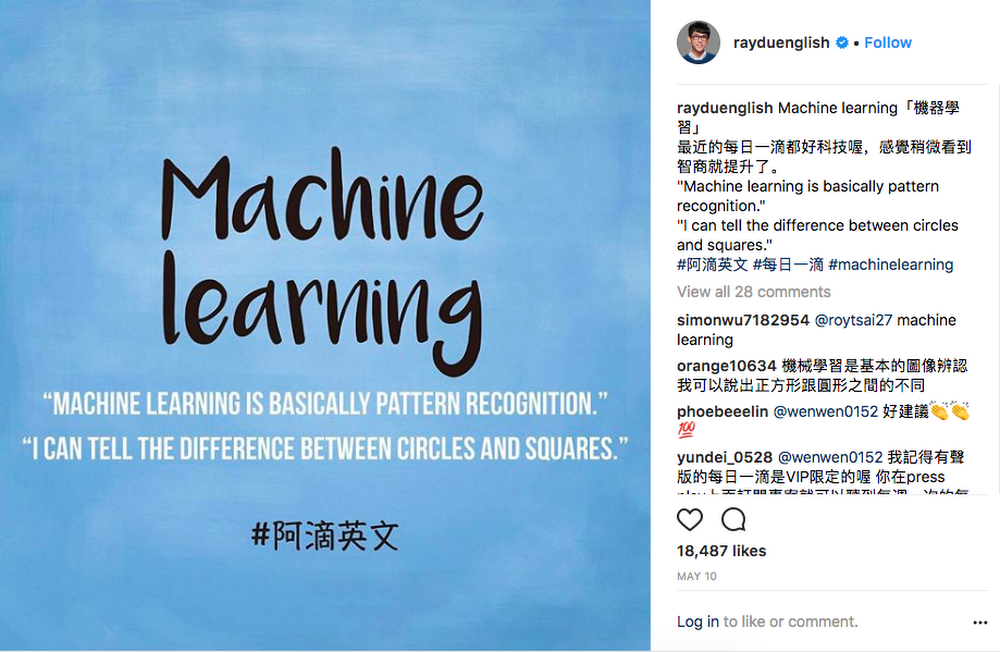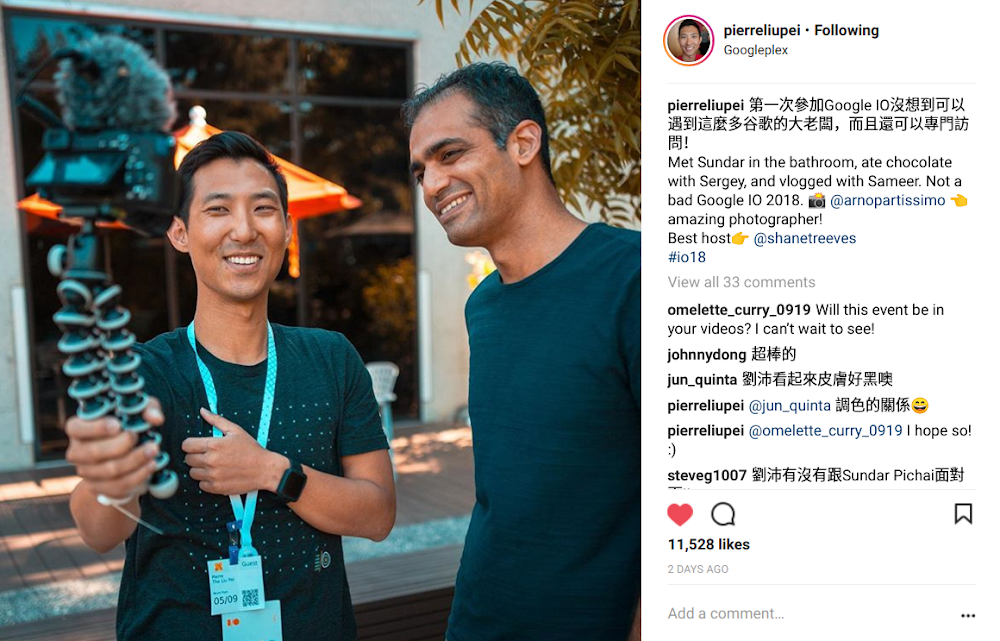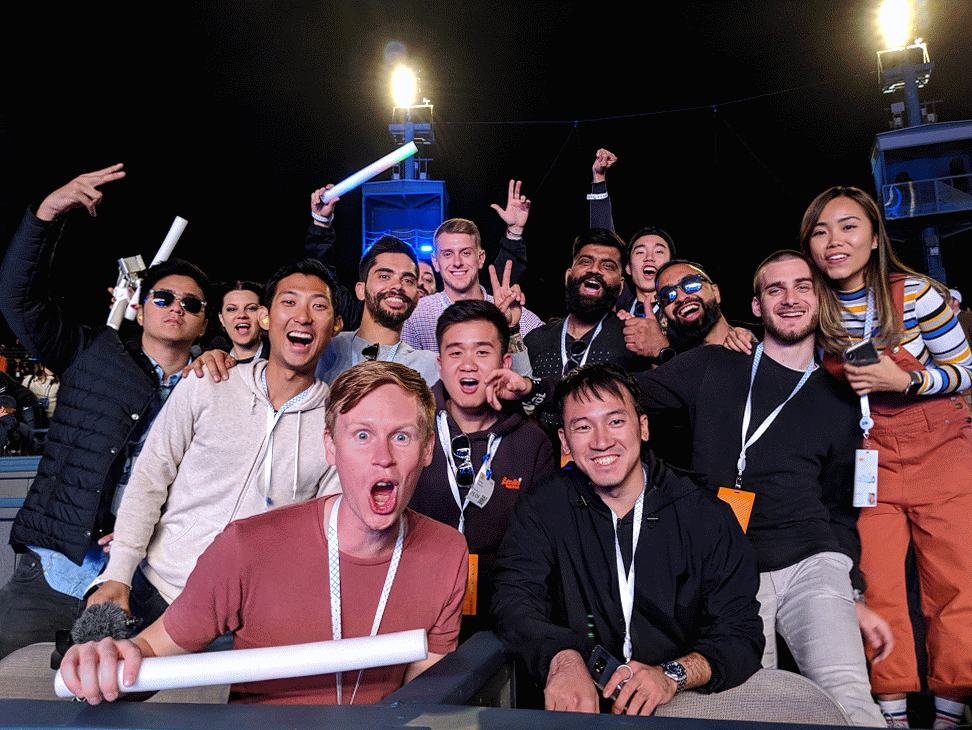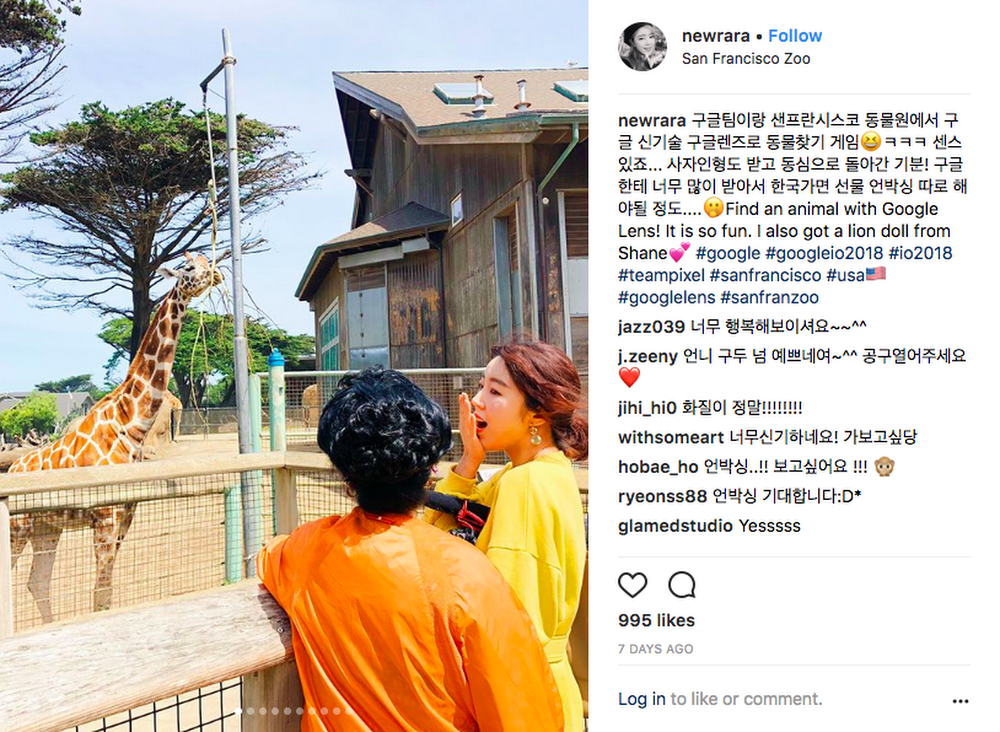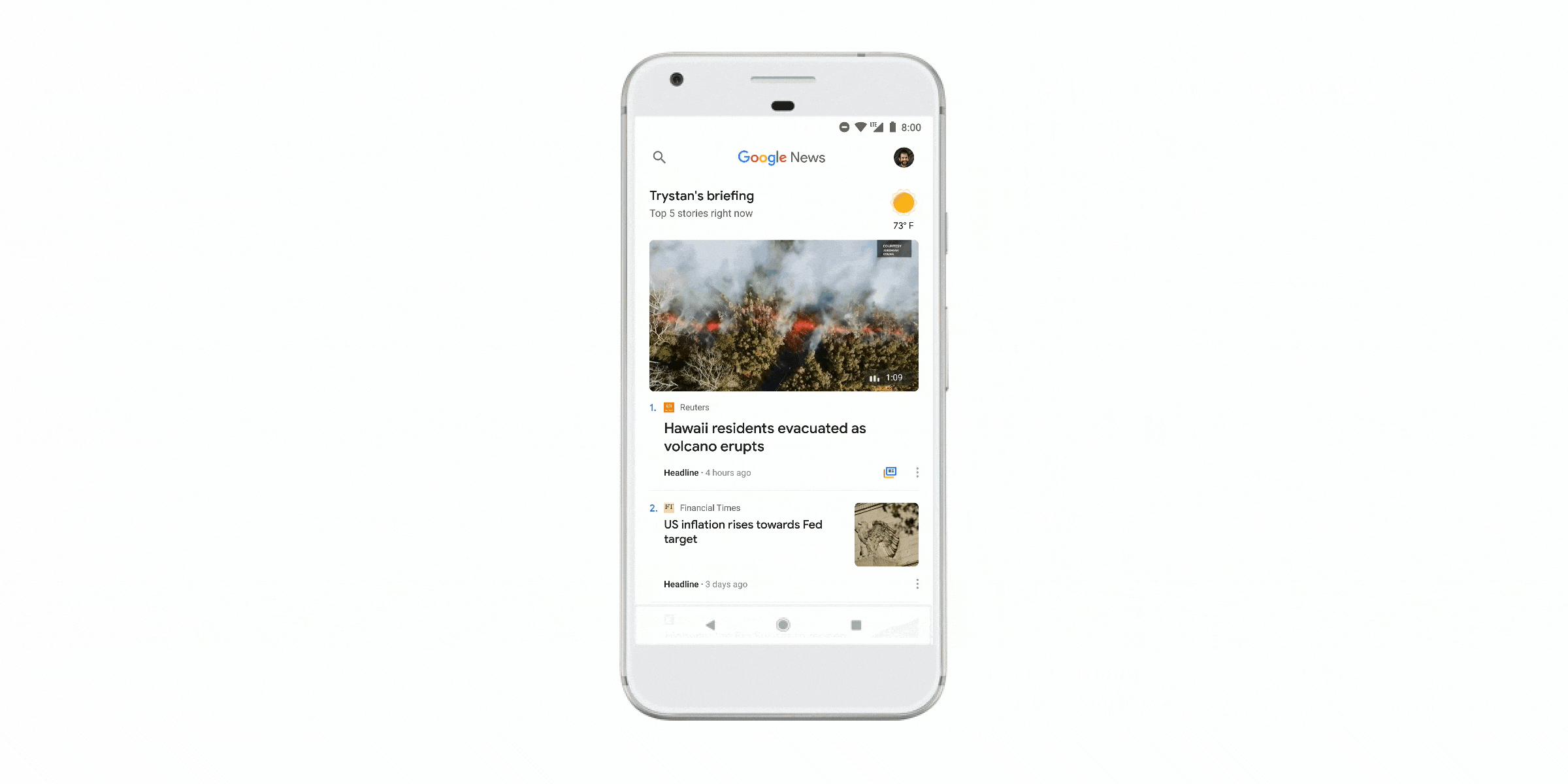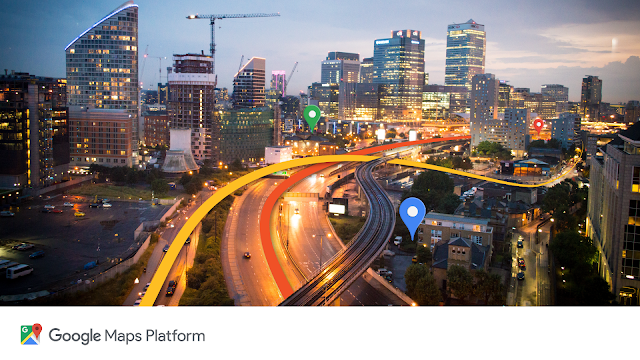Posted by the Google Maps Platform teamIt’s been thirteen years since we
opened up Google Maps to your creativity and passion. Since then, it's been exciting to see how you've transformed your industries and improved people's lives. You’ve changed the way we
ride to work, discover the
best schools for our children, and search for a
new place to live. We can’t wait to see what you do next. That’s why today we’re introducing a series of updates designed to make it easier for you to start taking advantage of new location-based features and products.
We’re excited to announce Google Maps Platform—the next generation of our Google Maps business—encompassing streamlined API products and new industry solutions to help drive innovation.
In March, we
announced our first industry solution for game studios to create real-world games using Google Maps data. Today, we also offer solutions tailored for ridesharing and asset tracking companies. Ridesharing companies can embed the Google Maps navigation experience directly into their apps to optimize the driver and customer experience. Our asset tracking offering helps businesses improve efficiencies by locating vehicles and assets in real-time, visualizing where assets have traveled, and routing vehicles with complex trips. We expect to bring new solutions to market in the future, in areas where we’re positioned to offer insights and expertise.
Our core APIs work together to provide the building blocks you need to create location-based apps and experiences. One of our goals is to evolve our core APIs to make them simpler, easier to use and scalable as you grow. That’s why we’ve introduced a number of updates to help you do so.
Streamlined products to create new location-based experiencesWe’re simplifying our 18 individual APIs into three core products—Maps, Routes and Places, to make it easier for you to find, explore and add new features to your apps and sites. And, these new updates will work with your existing code—no changes required.
One pricing plan, free support, and a single consoleWe’ve heard that you want simple, easy to understand pricing that gives you access to all our core APIs. That’s one of the reasons we merged our Standard and Premium plans to form one pay-as-you go pricing plan for our core products. With this new plan, developers will receive the first $200 of monthly usage for free. We estimate that most of you will have monthly usage that will keep you within this free tier. With this new pricing plan you’ll pay only for the services you use each month with no annual, up-front commitments, termination fees or usage limits. And we’re rolling out free customer support for all. In addition, our products are now integrated with Google Cloud Platform Console to make it easier for you to track your usage, manage your projects, and discover new innovative Cloud products.
Scale easily as you growBeginning June 11, you’ll need a valid API key and a Google Cloud Platform billing account to access our core products. Once you enable billing, you will gain access to your $200 of free monthly usage to use for our Maps, Routes, and Places products. As your business grows or usage spikes, our plan will scale with you. And, with Google Maps’ global infrastructure, you can scale without thinking about capacity, reliability, or performance. We’ll continue to partner with Google programs that bring our products to nonprofits, startups, crisis response, and news media organizations. We’ve put new processes in place to help us scale these programs to hundreds of thousands of organizations and more countries around the world.
We’re excited about all the new location-based experiences you’ll build, and we want to be there to support you along the way. If you're currently using our core APIs, please take a look at our
Guide for Existing Users to further understand these changes and help you easily transition to the new plan. And if you’re just getting started, you can start your first
project here. We're here to help.



